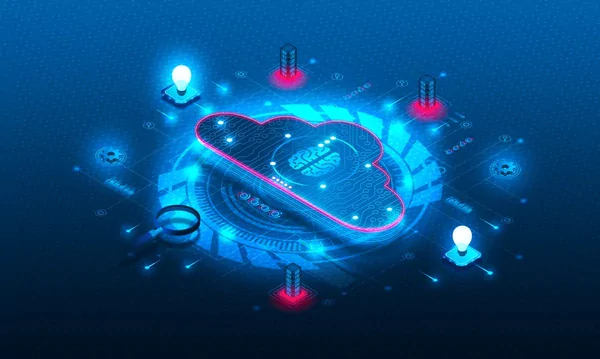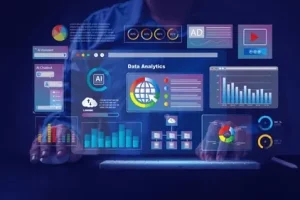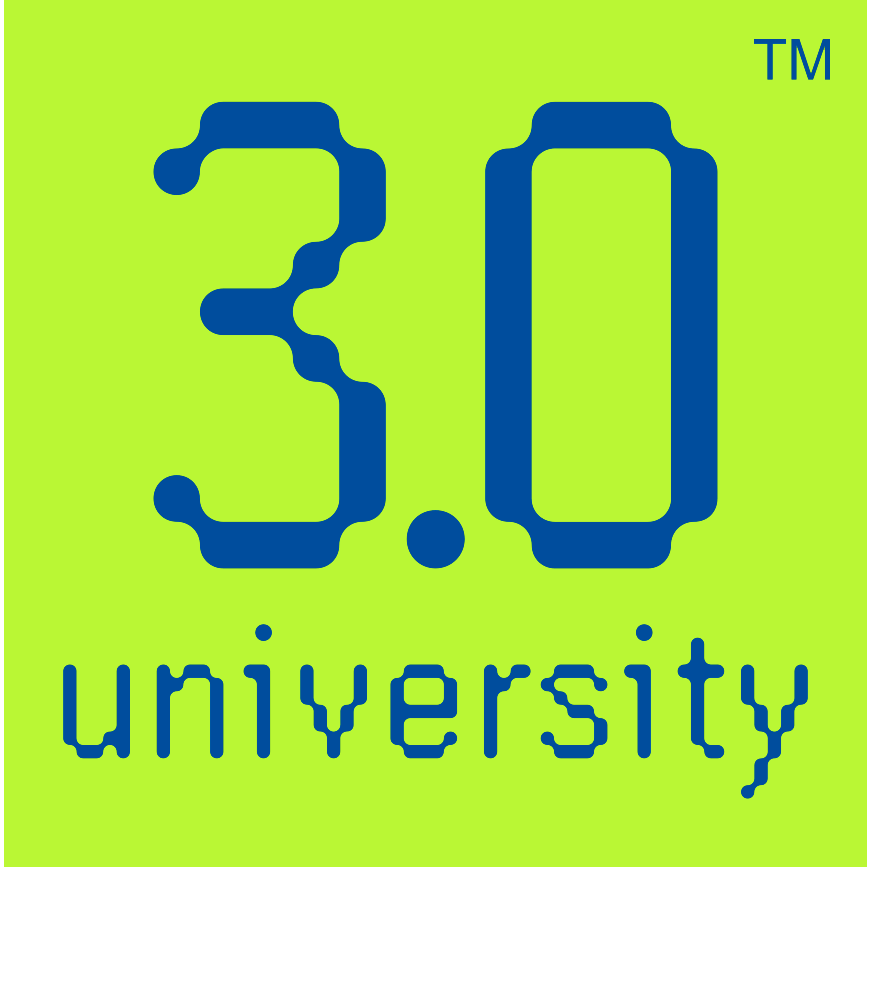
How AutoML and No-Code AI are Changing Industries?
- Posted by 3.0 University
- Categories Emerging Technology
- Date April 21, 2025
- Comments 0 comment
AutoML and No-Code AI: Making AI Accessible to Non-Tech Professionals
Introduction to AutoML and No-Code AI
Artificial intelligence is shifting in surprising ways. AutoML and no-code AI are suddenly making it possible for people without technical backgrounds to get their hands on data analysis tools that used to be locked behind layers of code.
These developments let established users bypass the usual coding hurdles and dive straight into data-driven decisions.
We need to discover How AutoML & No-Code AI Are Changing Industries!
Take Altair AI Studio, for example—its drag-and-drop setup makes it surprisingly easy to build a predictive model, even if the idea seems intimidating at first.
You might even come across flowcharts that oddly map out how no-code platforms work, with bits like live data processing and smooth business integration scattered throughout.
Besides – What is AutoML in AI? – is a question that’s lingering around, and we need to discover all of it.
In most cases, industries are picking up these innovations, and the effect is pretty far-reaching: organizations can now use advanced AI tools while also giving their teams the chance to learn by doing.
All in all, the rise of AutoML and no-code AI signals a big, gradual shift toward a tech landscape that feels more accessible and less about strict technical know-how, reshaping the way businesses actually harness data.
What is AutoML?
AutoML is shaking up the world of AI in a way that’s pretty unexpected. Its rise means that people without a tech background now have an easier time dealing with those once-complicated machine learning tasks.
By taking care of tasks like picking, fine-tuning, and rolling out algorithms automatically, this technology knocks down a lot of the old barriers that used to keep AI out of reach.
You can see this change in places like healthcare, finance, and marketing, where folks are now able to pull insights and make predictions without having to be programming whizzes.
No-code AI platforms add to this trend by letting you build models using simple, intuitive interfaces instead of stacks of code.
Often, these tools help smooth out workflow processes and improve decision-making, aligning pretty well with what companies are aiming for.
Overall, this shift not only provides a competitive advantage to non-technical individuals but also stimulates new innovation, as evidenced by several case studies in businesses that now function more efficiently.
No-code AI and Machine Learning Course are helpful in landing jobs in various sectors across diverse industries.

The bar chart demonstrates the adoption rates of AutoML across diverse industries, which emphasises its widespread or massive applicability and the transformative change it brings to non-technical professionals in sectors like healthcare, finance, and marketing.
Every bar signifies the percentage of adoption in specific industries, with Financial Services leading at 69%, followed by Technology at 66%, Healthcare & Pharma at 63%, Retail & CPG at 61%, and Public Sector at 58%.
What is No-Code AI?
The Role of No-Code AI in Democratizing Technology
Technology is always on the move, and these no-code AI tools are suddenly making it easier for everyone to get into artificial intelligence, not just the tech experts.
They cut out the heavy coding stuff so that even folks without a technical background can jump right into handling tricky data tasks.
There’s one image, for instance, that shows off the best bits—easy access, a bit of customization, and live insights—all working together to make the user experience smoother and everyday work more efficient.
I mean, some even say, “No-code AI aims to change that by empowering non-technical users to build AI solutions through intuitive, visual interfaces,” which kind of reshapes how we see our relationship with technology.
When teams can come together and slide AI into their current workflows, these solutions not only spark fresh ideas but also break down the old barriers tied up with machine learning, ultimately paving the way for a more inclusive, future-forward digital world.
Impact of AutoML and No-Code AI on Various Industries
AutoML and no-code AI have really flipped the script for many industries, sparking new ideas and making day-to-day work run a bit more smoothly. Instead of keeping fancy data crunching and machine learning locked away for tech gurus, these systems open the door for everyday folks to craft AI tools that really address their own business puzzles.
You can see this in action when sectors like healthcare and finance jump on board—they’re tweaking processes, boosting patient care, and leaning on solid data for decisions without needing to be coding whizzes.
There is even a flowchart available that outlines the functionality of these no-code AI platforms, including features such as simple access and instantaneous data processing, thereby facilitating easier collaboration among various team members.
In most cases, as businesses come to realize just how crucial quick adaptability is in today’s competitive scene, fusing AutoML with No-Code AI is proving to be a real game-changer, hinting at a future where technology and human smarts mix in surprisingly natural ways to tackle some pretty tough challenges.
Industry | Impact |
Healthcare | Empowers clinician scientists to create predictive models using natural language, enhancing predictive modeling capabilities. A study demonstrated that over 80% of clinicians preferred a no-code AI platform over traditional methods. ([arxiv.org](https://arxiv.org/abs/2410.03736?utm_source=openai)) |
Software Engineering | AutoML tools can generate models that outperform those trained by researchers, streamlining the development process. A benchmark study found that AutoML solutions can generate models that outperform those trained and optimized by researchers in classification tasks. ([arxiv.org](https://arxiv.org/abs/2307.10774?utm_source=openai)) |
Enterprise Application Development | By 2024, 75% of enterprise application development is expected to leverage low-code or no-code tools, facilitating AI integration. IDC predicts that by 2024, 75% of enterprise application development will leverage low-code or no-code tools, with AI being a significant use case. ([historytools.org](https://www.historytools.org/ai/no-code-ai?utm_source=openai)) |
Industrial Manufacturing | No-code AI solutions have significantly reduced costs and development time for machine learning applications. For example, a company reduced costs from nearly $50 million over a decade to under $2 million over two years by adopting no-code solutions. ([historytools.org](https://www.historytools.org/ai/no-code-ai?utm_source=openai)) |
Business Automation | Approximately 30% of all workers are potentially exposed to advanced technologies used for automation purposes, with manufacturing workers being more exposed than other workers. ([census.gov](https://www.census.gov/newsroom/blogs/research-matters/2023/09/advanced-technology-use-and-automation-results.html?utm_source=openai)) |
Impact of AutoML and No-Code AI on Various Industries
Conclusion
Here’s what the Future of AutoML & No-Code AI has in store for us!
AutoML and no-code AI are shaking things up. They let folks use machine learning tools that used to be locked behind layers of technical know-how. Businesses are catching on to the power of data, so platforms like Altair AI Studio now let you dive into machine learning without needing advanced code skills.
This kind of open access sparks fresh ways to innovate and, honestly, gives teams with different skills a chance to chip in on AI projects.
Sometimes you see automated tools in action that show how a jumble of software products can handle tasks like data preparation and analytics—making jobs that used to be a headache suddenly more doable.
The built-in functions highlighted even hint at how these systems can dish out real-time insights and boost teamwork within a business’s everyday setup.
In most cases, the rise of AutoML and no-code AI points to a big shift: a future where these tools sneak right into regular work and strategic planning.
In general, technology bridges the invariably visible gaps and adds a touch of magic to everyday routines.
You may also like

What is more Important Degree or skill?

Zero Trust Architecture: The Future of Enterprise Security

